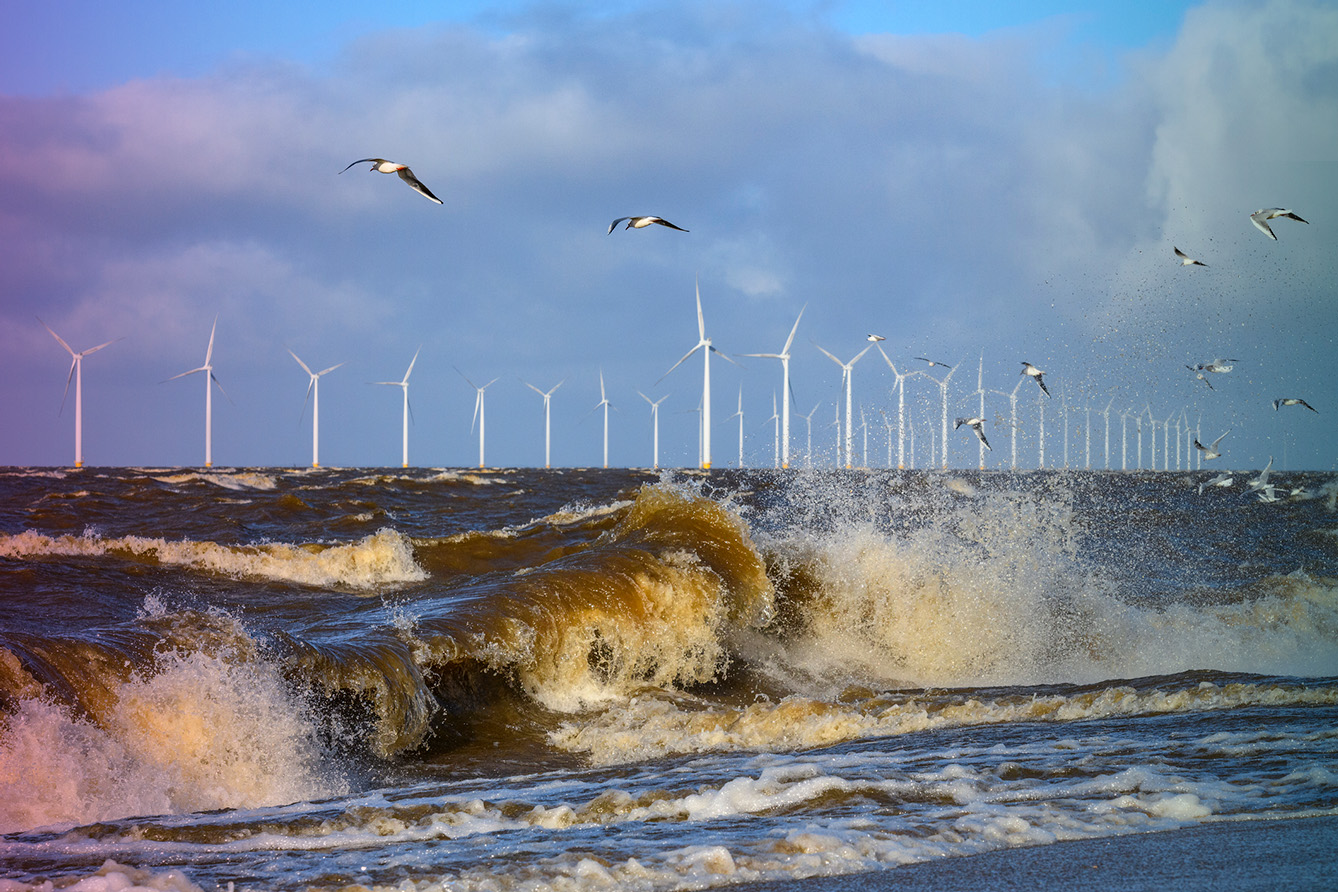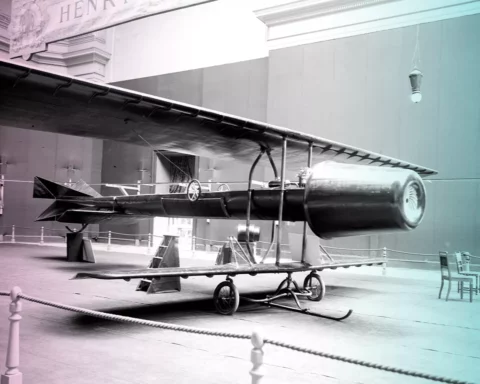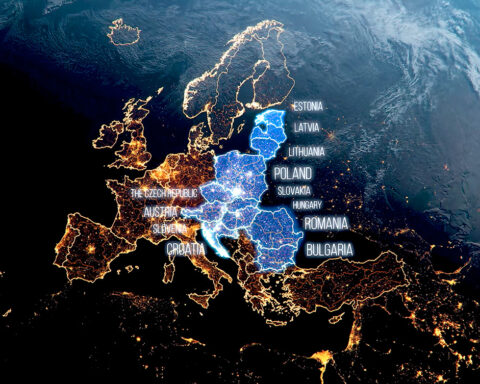Lithuania is about to take a significant step toward becoming less dependent on electricity imports while also moving toward the goal of significantly decreasing its carbon footprint. Once connected to its electricity transmission grid, Lithuania’s massive 700 MW offshore wind park will play a major role in achieving the renewable energy goals that Vilnius has included in its state policy. By 2030, the offshore wind park will cover more than 25% of the country’s energy demand.
The country is still in the process of energy transformation, which started with the closure of its Ignalina nuclear power plant in 2009. The plant was an old Soviet model deemed not secure by the EU, and the promise of it being taken out of commission was a prerequisite for the country to join the EU in 2004. Before Lithuania’s EU membership, Ignalina produced 70% of its electricity supply, and its demise forced the state to create new alternatives.
Since new power cables were installed in 2015, connecting the country with Poland and Sweden, Lithuania now imports 70% of its electricity. However, onshore wind power has also been growing in importance since the mid-2010s, providing more than 550 MW in 2021 and 13% of the country’s total electricity consumption.
Winds of change
By 2020, Lithuania had decided to advance its plans to have a large part of its electricity demand covered by a large offshore wind farm. The government took the initiative to organize a tender process for the construction of a wind farm that would provide a whopping 700 MW of offshore wind power. The construction contract is to be signed in 2023 for the wind farm to be placed 29 km off the Lithuanian coast, with turbines up to 300 m high ranging in capacity from 8 MW to 16 MW each.
The government also points to the importance of the wind farm for creating new jobs at the repair and maintenance base, set to be located at the Port of Klaipėda. The assembly and production of components needed for the turbines, as well as technical maintenance, will bring new skilled jobs to the city. According to estimates, the wind park will create around 1400 direct and secondary jobs.
The benefits are many: increased electricity independence, decreased greenhouse gas emissions, and a slew of new well-paid jobs in Klaipėda and the surrounding region. It can be said with certainty that the 700 MW offshore wind farm will take Lithuania’s electricity production into a new and promising era.







